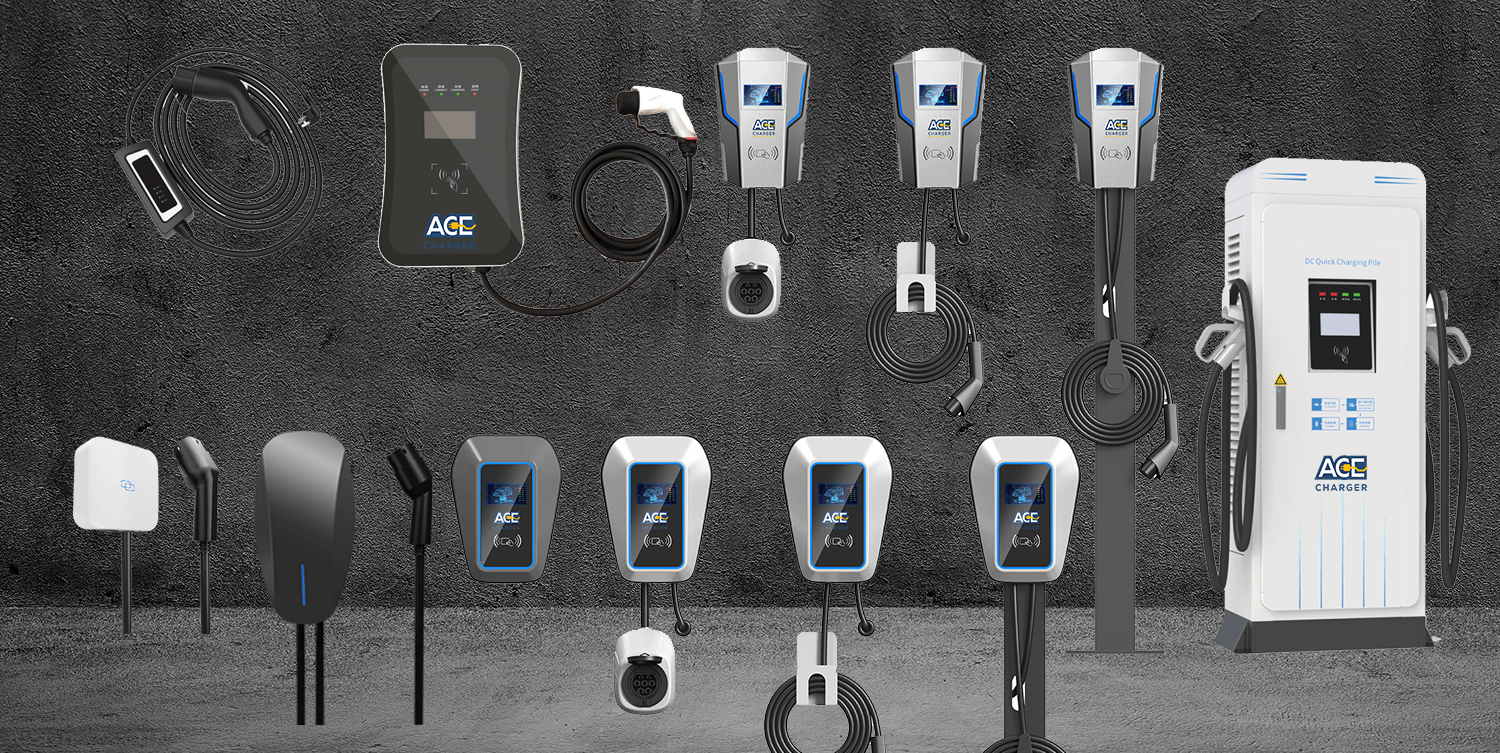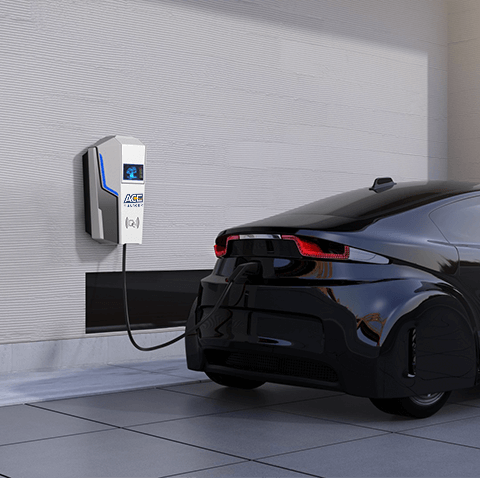How do you charge an Electric Vehicle effectively?
With the gradual growth of the sale of electric cars in the world, more and more people are interested in knowing how they work and, above all, how they are recharged, how do you charge an Electric Vehicle effectively?
The process is relatively simple, although it has its protocol. We explain how to do it, the types of charges and where to recharge electric cars.
How to charge an EV: the basics
In order to dig deeper into how to charge an electric car, you should know first that cars that use electricity as a source of energy are growing fast.
However, more and more users are considering buying an electric car for reasons as diverse as the fact that the cost of recharging them is lower compared to a gasoline car. Beyond that, they do not emit gases when you drive with them, and parking is free in the center of most big cities worldwide.
If finally, the decision you make is to buy a vehicle with this technology, you must have some basic knowledge to understand how the recharging process works.
With the battery at maximum capacity, most cars that can travel up to about 500 km/310 miles, although the normal thing is that they have around 300 kilometers/186 miles of autonomy.
It is important that you know that with electric cars consumption is higher when we drive at high speeds on the highway. In the city, by having regenerative braking, the cars are recharged and, therefore, their autonomy in the city is greater.
The elements that you must take into account when charging an electric car
To fully understand the world of electric car recharging, it is necessary to understand what the types of recharging are, the recharging modes, and the types of connectors that exist:
Electric cars can be charged in three ways:
- Conventional recharging: a normal 16-amp plug is used (like the one on a computer) with a power from 3.6 kW to 7.4 kW of power. You will have the car batteries charged in about 8 hours (everything also depends on the capacity of the car battery and the power of the recharge). It is a good alternative to charging your car in your home garage overnight.
- Semi-fast recharge: uses a special 32-amp plug (its power varies from 11 kW to 22 kW). The batteries recharge in about 4 hours.
- Fast recharge: its power can exceed 50 kW. You will get 80% charge in 30 minutes. For this type of recharging, it is necessary to adapt the existing electrical network, since it requires a very high level of power. This last option can reduce the useful life of the battery, so it is recommended to do it only at specific times when you need to accumulate a lot of energy in a short time.
Electric car charging modes
The charging modes are used so that the recharging infrastructure (wallbox, charging stations such as the Acecharger) and the electric car are connected.
Thanks to this exchange of information, it is possible to know the power at which the car battery is going to be charged or when to interrupt the charge if there is a problem, among other parameters.
- Mode 1: uses the schuko connector (the traditional plug with which you connect the washing machine) and there is no type of communication between the charging infrastructure and the vehicle. Simply, the car begins to charge when connected to the electrical network.
- Mode 2: it also uses the schuko plug, with the difference that in this mode there is already a small communication between the infrastructure and the car that allows checking if the cable is properly connected to start charging.
- Mode 3: From the schuko we pass to a more complex connector, mennekes type. The communication between the network and the car increases and the exchange of data is greater, so more parameters of the charging process can be controlled, such as the time in which the battery will be at one hundred percent.
- Mode 4: Has the highest communication level of the four modes. It allows obtaining, through a mennekes connector, any type of information on how the battery is being charged. It is only in this mode that fast charging can be carried out, by converting the alternating current into direct current. That is to say, in this mode it is when the fast recharge that we have talked about before can occur.

The types of connectors that electric cars have
There are several types, with the drawback that there is no standardization between manufacturers and countries:
- Schuko for domestic sockets.
- North American SAE J1772 or Yazaki connector.
- Mennekes connector: together with the schuko it is the one that you will see the most at the recharging points in Europe.
- The combined connectors or CCS used by Americans and Germans.
- Scame connector, used by French manufacturers for plug-in hybrids.
- CHAdeMO connector, used by Japanese manufacturers for fast direct current recharging.
The four basic places where you can recharge an electric car
Electric cars need to store electricity in their batteries. And for this they can be recharged in four different places:
- At home: having a charging point at home will always make things easier for you. This type is known as linked recharge. If you live in a private house with a parking space or in a house with a community garage, the most practical thing to do will be to install a wallbox with a connector that will allow you to recharge the car when necessary.
- In shopping malls, hotels, supermarkets, etc.: this type is known as opportunity recharge. Charging is usually slow and is not intended to fully recharge the battery. In addition, they are usually limited to a series of hours so that different clients can use them.
- Charging stations: It is as if you were going to a gas station with a combustion car, only instead of gasoline you fill up with electricity. They are the places where you will have the fastest charge (they are usually carried out at 50 kW of power and in direct current).
- At public access electric vehicle recharging points: they are distributed throughout the streets, public car parks and other public access spaces belonging to a municipality. Charging at these points can be slow, semi-fast or fast, depending on the power offered and the type of connector.
If you want to make sure to have a charger that does not imply the need to know how do you charge an EV, check out our products at Acecharger. We make simple and efficient solutions for all your charging needs!


